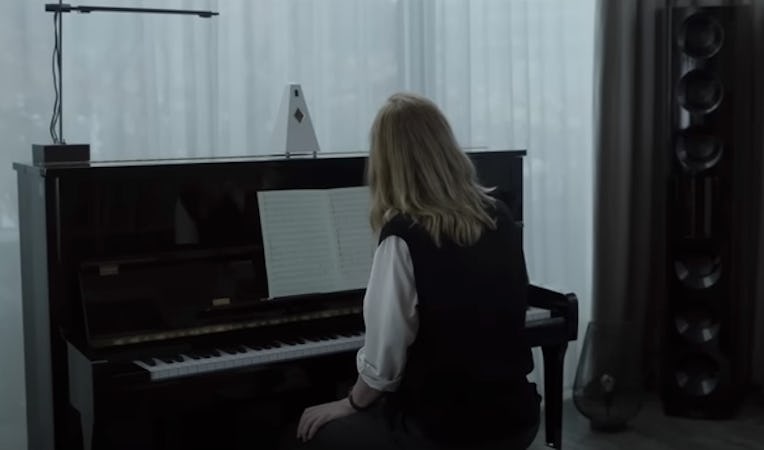Lydia Tár's Apartment Was a Nazi Bunker
Much like its owner, the design-forward abode has a problematic past.

By now you’ve heard of Tár, the buzzy new Todd Field-directed epic featuring a tour-de-force performance by Cate Blanchett as Lydia Tár, a virtuoso conductor and composer who may be a serial sexual predator but — hear me out — dresses really well. Tár is especially notable for its impeccable production design, the star of which is Tár’s Brutalist Berlin apartment, in which she is spooked by nightly visions and occasionally displays calculated affection for her wife and step-daughter. In fact, you could say Tár’s apartment is kind of the “fifth character” in the film — the main four being Lydia Tár, her aforementioned wife, the hot cello-playing slut who brings about her downfall, and Adam Gopnik.
Well unfortunately, I have some bad news for all the Tár-heads out there — much like its owner, Tár’s painstakingly decorated apartment might have a problematic past. Specifically, according to one eagle-eyed architecture enthusiast, it is located in what used to be a Nazi-era air raid bunker built on Hitler's orders in 1943. After the war the building was briefly used as a Soviet prison, and after the collapse of East Germany it was turned into a techno club that was famous for its “S&M nights.” For the past two decades, the building has been owned by self-made advertising entrepreneur and art collector Christian Boros and his wife Karen, with their private apartment taking up the sixth floor.
"It's a good thing I'm a little crazy," Boros once told the New York Times. "I saw no problem in buying the bunker." Boros has repeatedly cited the residences of James Bond villains as interior-design inspiration. Here he is:
Boros’s apartment stands atop an art gallery that houses his collection, which Blanchett previously visited in 2014, and has been photographed for a variety of publications including Architectural Digest and the Financial Times. Much of the furniture and art in the film looks identical to the Boros’ furniture, though at least one prominently displayed Wolfgang Tillmans photograph is noticeably missing.
So with all this in mind, is it okay to “stan” this “iconic” apartment knowing it has such a fraught history? Can we separate the art (a Nazi bunker) from the artist (the Nazi architect who built it)? Or should we “cancel” it altogether? Coincidentally these are exactly the kinds of questions raised by Tár. The answer? It’s actually more complicated than you think...